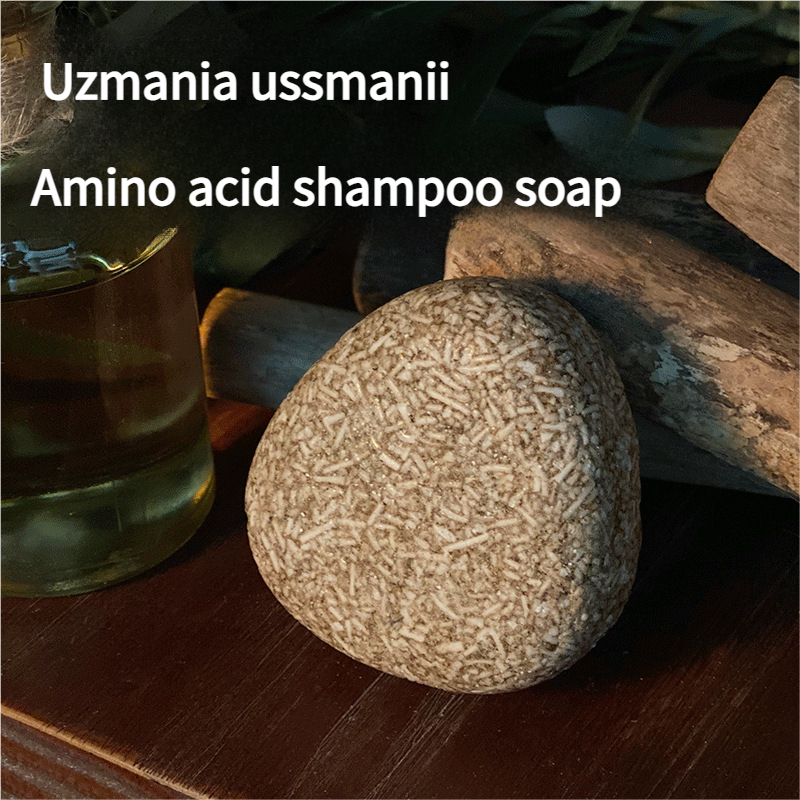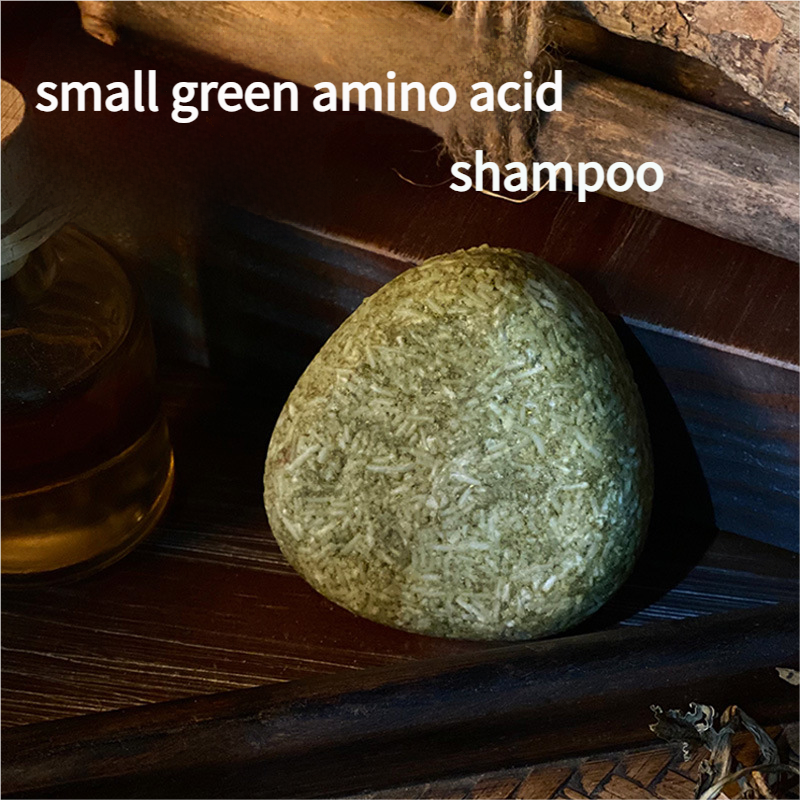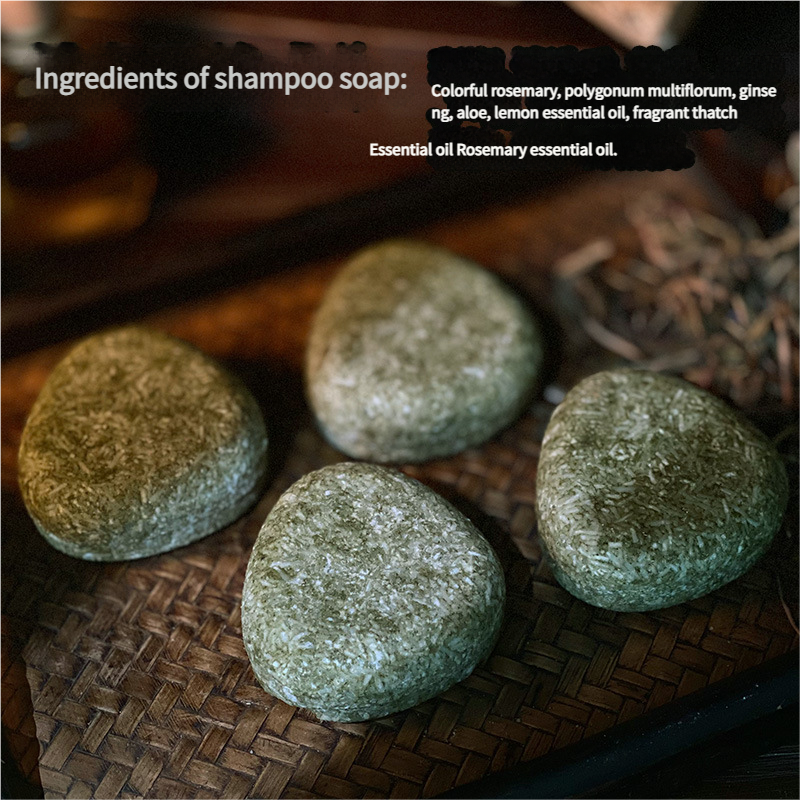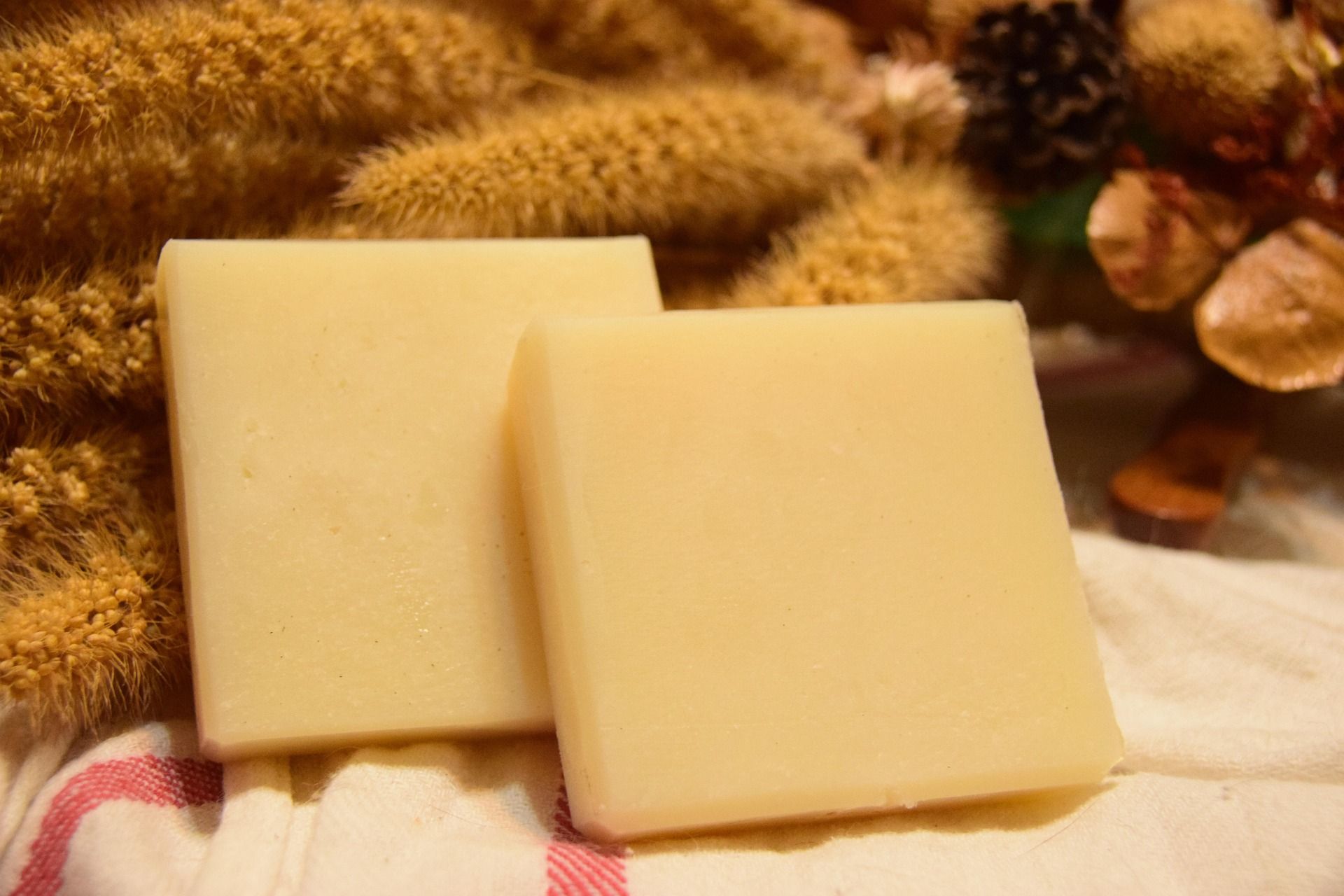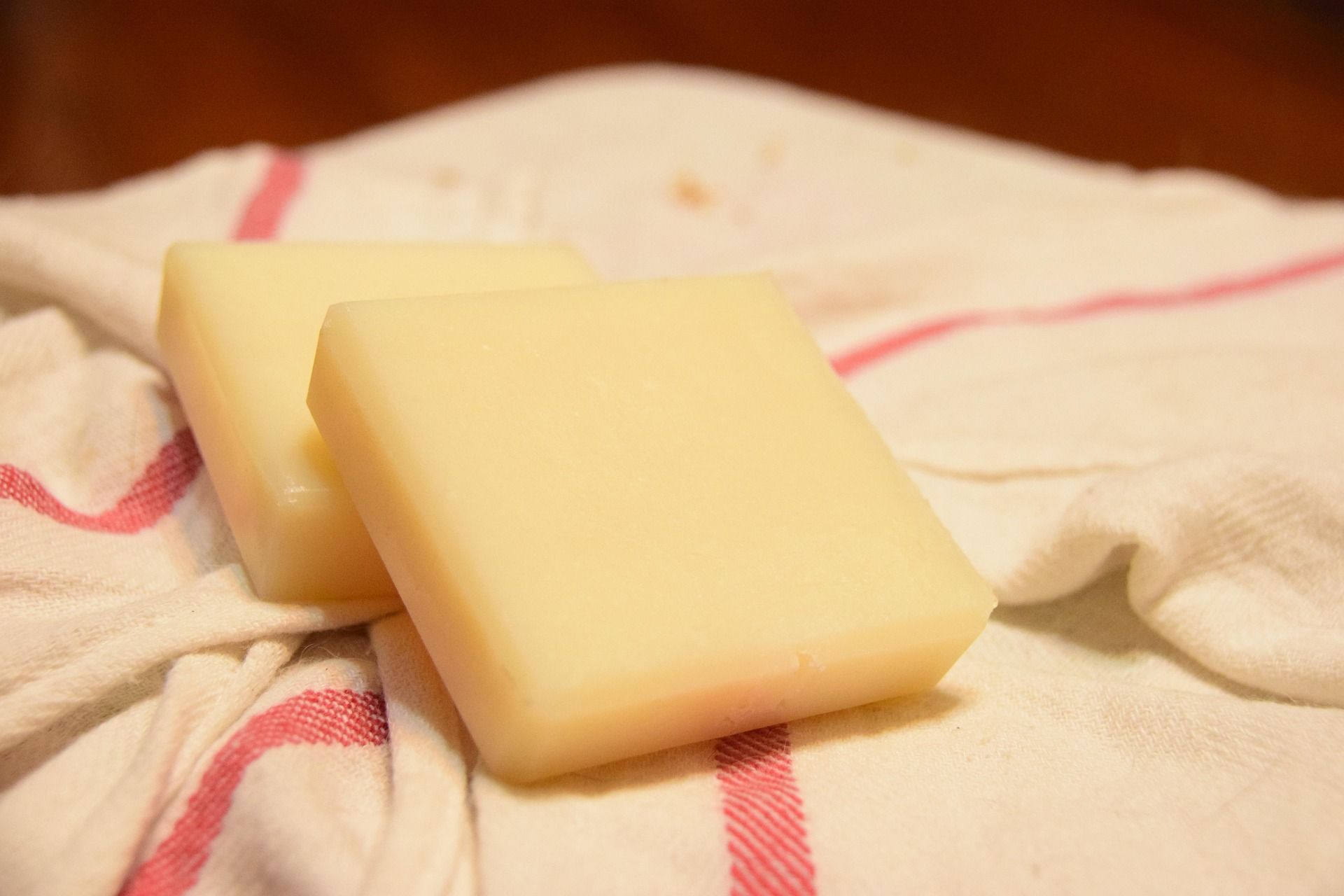In the trend towards natural and gentle skincare, Amino Acid Soap and Goat Milk Soap are two very popular choices. Both are known for their mildness, but many people are still confused: what exactly is the difference between them? Which one is better for my body and hair?
Don't worry, this article will provide a comprehensive breakdown of these two popular soaps, covering their core ingredients, benefits, and ideal uses to help you make the smartest choice.
Core Differences: From Ingredients to Benefits
To understand their differences, we must first look at their core ingredients and production methods:
Amino Acid Soap: The Gentle Cleanser
Core Ingredient: Amino acid-based surfactants (such as glutamic acid, glycine, etc.).
Features: The pH of amino acids is close to the slightly acidic pH of human skin, making them a very gentle cleansing ingredient. They are free of traditional soap bases, relying on the amino acids' own cleansing power to remove impurities, leaving a refreshing and non-tight feeling after washing.
Goat Milk Soap: The Natural Nourisher
Core Ingredient: Made from natural vegetable oils and fresh goat milk using the traditional cold-process method.
Features: Goat milk is rich in natural fats, vitamins, and proteins. While cleansing, it provides deep nourishment and moisture to the skin, leaving it feeling soft and hydrated after washing.
Amino Acid Soap vs. Goat Milk Soap: A Comparison for the Body
Amino Acid Soap vs. Goat Milk Soap: A Comparison for Hair
This is a crucial distinction, as not all handmade soaps are suitable for hair.
Amino Acid Soap:
Recommendation Rating: ★★★★★
Benefits: When specifically formulated as a shampoo bar, its pH is close to the scalp's, allowing it to gently cleanse the scalp and hair strands, removing excess oil without damaging the scalp barrier. For those with oily scalps, sensitive scalps, or who want to switch from liquid shampoo, amino acid soap is an excellent choice.
Goat Milk Soap:
Recommendation Rating: ★★☆☆☆ (Use with caution)
Benefits: Traditional goat milk soap is generally alkaline. Using it on hair can cause the hair cuticles to open, leaving hair feeling dry and stiff, and can even create a waxy residue, especially in hard water areas. While its nourishing ingredients might benefit hair, it is not recommended for long-term use on hair unless it's a specially formulated recipe.
Summary: How to Make the Best Choice for You
Choose Amino Acid Soap: If you want a gentle, non-irritating cleansing product that feels fresh after use, and you want to use it for both your body and hair, then amino acid soap is the safer, more modern choice.
Choose Goat Milk Soap: If your main focus is on moisture, hydration, and repair, and your skin is dry or sensitive, then goat milk soap is an excellent companion for body care. Just remember, unless it's specifically stated, it's not recommended for use on your hair.
I hope this guide helps you better understand amino acid soap and goat milk soap and find the perfect one for your needs.

